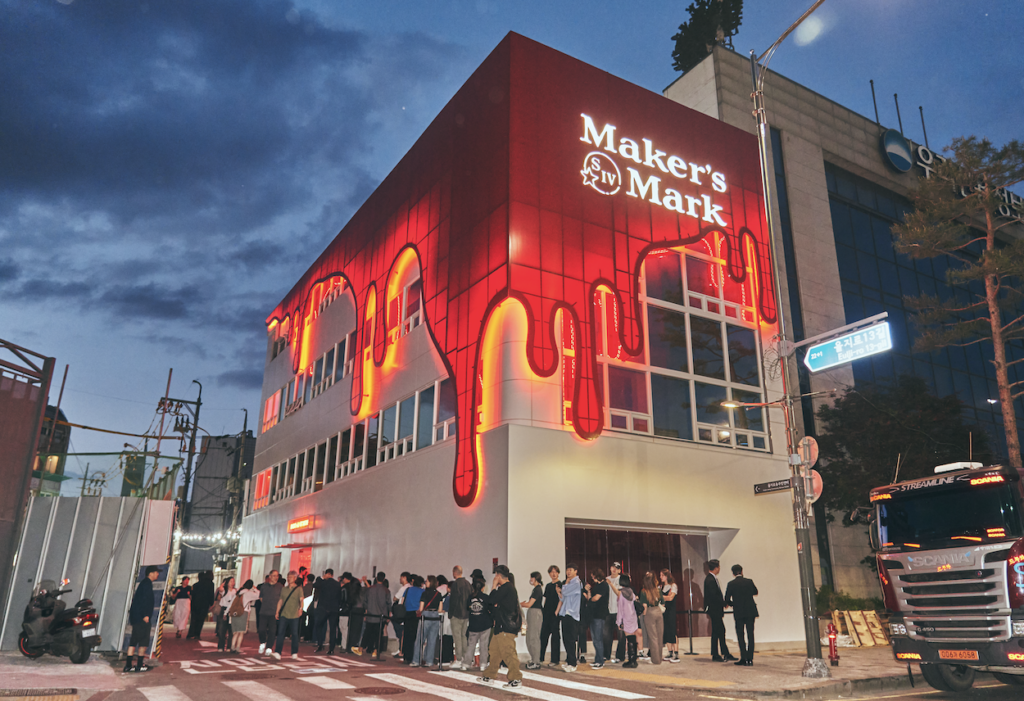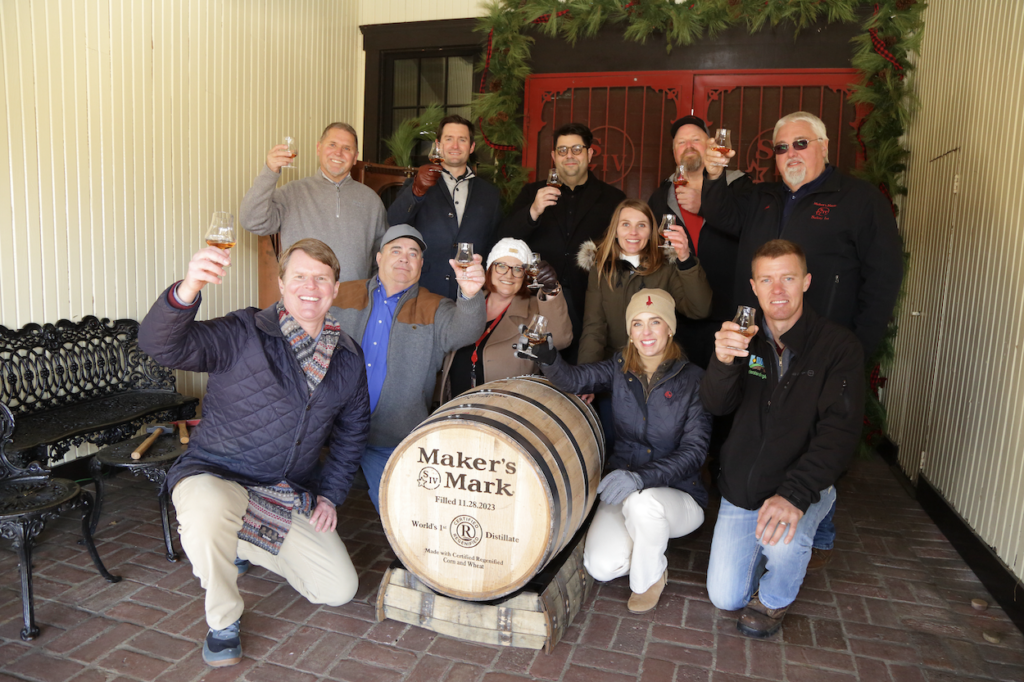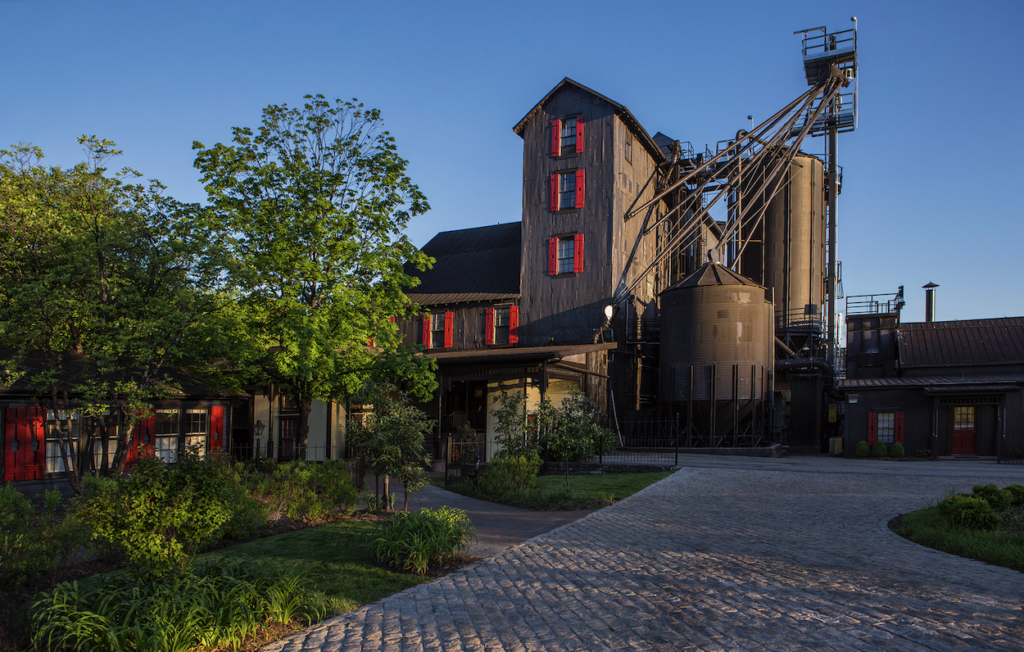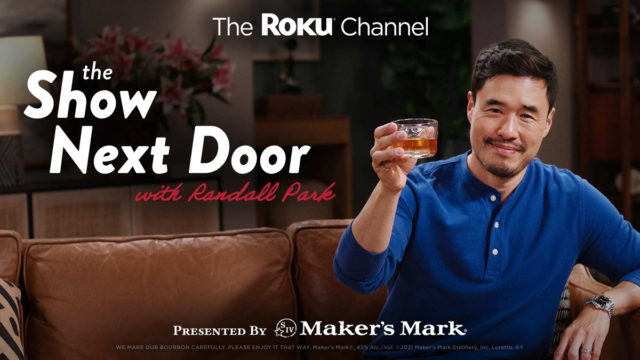How Maker’s Mark and Doe-Anderson Built a Brand Over 50 Years
Don’t miss ADWEEK House at Cannes, June 16-19. Join us as we celebrate our 45th anniversary and explore the industry’s now and next. RSVP.
In an industry where agency-client relationships often only last a few years, what Maker’s Mark and Louisville agency Doe-Anderson have forged is exceeding rare.
They’ve partnered for more than five decades, with a relationship built on respect, collaboration and a deep understanding of what the brand means to its consumers.
The brand has gone from a handful of cases being dropped off at Keeneland racetrack 70 years ago to over 3 million cases in 2024, and Doe-Anderson has been there for the last 52 of those years, helping tell the story of how Maker’s Mark came to be and where it is going.
“We’ve been able to maintain our founders’ vision of thoughtful innovation and thoughtful communication, and personalizing our experience with our consumer even as one of the largest spirits brands in the world,” KK Hall, global head of marketing at Maker’s Mark, told ADWEEK.
A different kind of bourbon
The Samuels family has been making whiskey—which, according to them, wasn’t very good—in the U.S. since the 1700s, first in Pennsylvania and then in Kentucky after the famed 18th-century whiskey Rebellion.
Bill Samuels, Sr. changed the course of the brand, deciding to make a better whisky (spelled as the Scots do) in 1953, a premium bourbon, which then didn’t exist. His new flavor vision brought out the natural sweetness, mellowed the alcohol harshness and refined the flavor profile to be sipped and enjoyed. It was a radical change in the industry, but one he felt was needed for consumers.
Margie Samuels, Bill’s wife, also had a vision, creating the packaging that would accent the handmade bourbon. She oversaw the bottle’s signature shape, the label’s look, its letterpress printing, its hand-torn beauty, the signature hand-dipped red wax, and even the Maker’s Mark name. She even saw that bourbon could be a tourism industry.
“When my grandparents broke from tradition and wanted to reimagine what bourbon could be…they were always really adamant that, at least in the early years, they wanted to be thoughtful about how the brand was presented,” Rob Samuels, the managing director at Maker’s Mark and the eighth generation of Samuels whisky maker, told ADWEEK.
The new product wasn’t an overnight sensation, however. The company didn’t make a profit for nearly 25 years, taking the time to get it recognized locally by those who would appreciate it, including chefs and bartenders. It wasn’t until the brand was truly ready to launch beyond local that it sought outside marketing help.
Partnering to build a brand
The vision of the Samuels family merged with Doe-Anderson 52 years ago. Bill Samuels, Sr. wanted to work with the legacy agency, which opened in 1915.
“He and the leadership team at Doe-Anderson struck a bond that they were going to story tell…It was going to be in a very focused way—treat customers like their friend,” said Rob Samuels.
Bill Sr. was conscious of not doing traditional marketing, so early on, Doe-Anderson brought together his closest friends and asked them to describe Bill Sr. Those letters were different and fun, telling quirky, personal stories. Rob Samuels, at nine years old, even wrote an effective ad.

Even as the brand has grown exponentially and other agencies and influencer partners were added to the roster, Doe-Anderson has remained a constant keeper of the brand’s story.
“As we bring other agencies in to bring us new, fresh thinking and learning in the digital landscape and ecosystem, it’s Doe-Anderson, that always keeps us grounded,” said Hall, who added that the agency is its immersion partner, meaning that anyone who works on the brand must spend a significant amount of time at Star Hill Farm, where the product is made, and with Doe-Anderson understanding the history, the value system and the connection to the consumer.
Another effort is “Glass to Garden,” which places glass pulverizers at Kroger stores that turn old bottles into sand to build community gardens.
Doe-Anderson is quick to point out that if it weren’t for the vision of Bill Sr. and Bill Jr., who saw their bourbon as being able to reach beyond the Bluegrass State in innovative ways, the brand wouldn’t have had the success of today.
“Bill (Jr.) was a great marketer himself and had a very clear vision for what he wanted to build the brand into,” said Todd Spencer, executive chairman at Doe-Anderson, who has been on the Maker’s Mark account for 30 years.

Growing through sustainability
A great story that Doe-Anderson helps tell is Star Hill Farms, an oasis for great bourbon. The sprawling farm not only grows its red winter wheat, but it sits on a limestone shelf southwest of Louisville that filters the bourbon water through a lake on the property. Maker’s Mark owns the entire watershed. That natural water source was a cornerstone of the founders’ vision when the Samuels purchased Star Hill Farm in 1953, as was the understanding of whisky as “nature distilled.”
Through rigorous upgrades and processes, Maker’s Mark has become a Certified B Corporation and the world’s first distillery to achieve Regenified Tier 2 certification. The distillery filled its first Certified Regenified barrel of whisky in November 2023.

Rob Samuels said that his grandparents and parents were conservationists before the term was popular. They saw a vision of how to make better bourbon with better ingredients, which is how they planned Star Hill Farm. The acreage is full of agriculture, apiaries, walking trails, orchards, wheat fields, and an organic garden, along with rustically beautiful buildings that meet the needs of the operation and wow bourbon tourists.

“What makes this brand special is the culture. It’s this unwavering commitment to quality and culture and a higher purpose. And building this brand in unconventional, interesting ways,” said Rob Samuels.
https://www.adweek.com/agencies/how-makers-mark-and-doe-anderson-built-a-brand-over-50-years/
